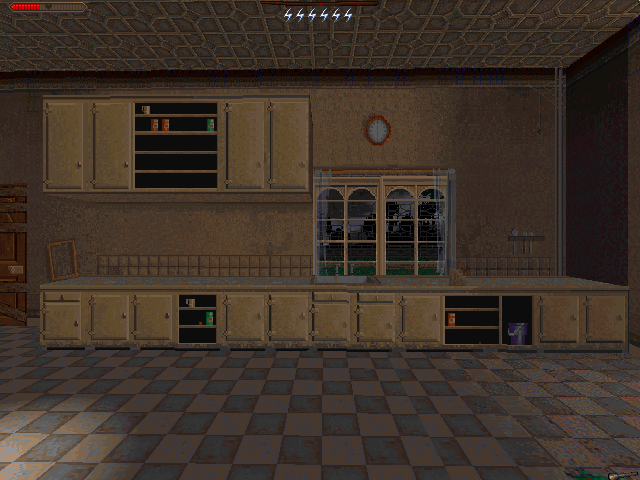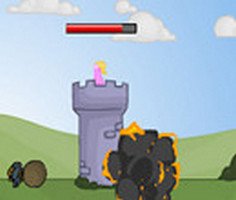

- #Causality kitchen walkthrough driver
- #Causality kitchen walkthrough full
- #Causality kitchen walkthrough software
- #Causality kitchen walkthrough download
Later, in 1964, John Bell provided a way to check that there is no “hidden variable” somewhere that already knows the answer. Unfortunately for Einstein, the universe really does work that way.

Einstein anticipated that this spooky action wouldn’t happen because reality should be “local”. This doesn’t actually violate causality or special relativity, since no information can be sent this way (neither side knows what to expect!), but it sure looks like “spooky action at a distance”. This means that when the first measurement comes out as +1 (for example), the other photon instantly – faster than light speed – has to go into the -1 state. Crucially, you do this when they are so far apart that no one could get a light speed message from one place of measurement to the other. You let them head off in opposite directions, and then you perform a classical measurement on each spin. Each photon starts off in a superposition of the +1 and -1 states. A photon has spin one – either +1 or -1 – and the two spins are entangled in the sense that they have to add up to zero because angular momentum is conserved. One version of this thought experiment (different from their original argument) starts with a spin zero state which decays into two photons heading off in opposite directions. In 1935, Einstein, Podolsky and Rosen (EPR) came up with an argument that was intended to show that quantum mechanics couldn’t be a complete description of reality. That’s how science works.Įinstein was skeptical of quantum mechanics. And if someone else got it right, he acknowledged it. “Einstein was Wrong”Įverybody always likes to say things like “Einstein was Wrong.” Of course, because he worked on a lot of new ideas, he was sometimes wrong. There is an elegant walkthrough for how to use the full QuantumSimulator to set up an entangled pair of qubits (a Bell pair) and then carry out a classical measurement on them. Finally, there is a ToffoliSimulator that only does the simplest quantum gates that can be efficiently simulated on a classical computer but can handle millions of qubits. There is a ResourcesEstimator target machine that doesn’t actually do the calculation, but tells you how many resources your program is calling for, up to few thousand qubits.
#Causality kitchen walkthrough full
If you instantiate a QuantumSimulator, you get a full state vector simulation of up to 30 or so qubits, though you’re probably looking for a bigger computer if you really want to use that many. Next, you write the quantum program itself in a new language called Q#.
#Causality kitchen walkthrough driver
Then you write a C# driver program that invokes quantum operations, retrieves the results, and displays them for you.
#Causality kitchen walkthrough download
You download a Visual Studio extension QsharpVSIX.vsix and set it up. It’s the infrastructure you would need to talk to a real quantum computer and make practical use of it.

This is a simulator, of course, but it isn’t a toy.
#Causality kitchen walkthrough software
Microsoft lets you download a software development kit you can use to write and run your own quantum programs. Of course, IBM is building its own quantum computer, as is Microsoft.

A quantum computer has been shown to have an edge on a classical one. IBM immediately fired back “the same task can be performed on a classical system in 2.5 days.” This is a quibble about the architecture of a theoretical classical computer but appears to concede the main point. They don’t claim it was a useful calculation (more like a good random number), but just getting an actual quantum computer to do anything like this is a milestone. Recently, Google published a claim that they got a quantum computer with 53 superconducting qubits to do a calculation in 200 seconds that would have taken a classical computer 10,000 years to complete.


 0 kommentar(er)
0 kommentar(er)
